Western White Pine Lumber
- June 1, 2023
- 0 comment
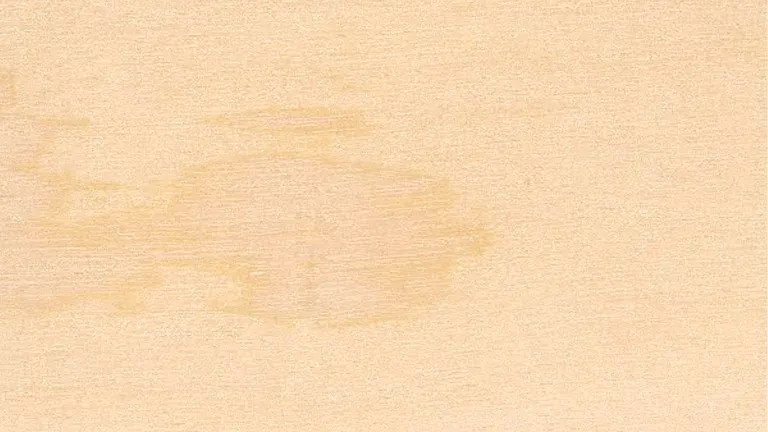
Western White Pine lumber is a versatile and popular choice known for its light color, fine texture, and ease of use. This softwood species, scientifically known as Pinus monticola, is primarily found in the Western United States and Canada. With its straight grain and occasional knots, Western White Pine lumber is valued for its aesthetic appeal in interior applications such as cabinetry, furniture, millwork, and paneling. It is also commonly used for construction framing, exterior siding with proper treatment, and doors/windows due to its workability and ability to hold finishes well. Despite its susceptibility to decay, Western White Pine lumber remains a sought-after material for its lightweight, affordability, and suitability for a wide range of woodworking projects.
| Property | Description |
|---|---|
| Common Name(s) | Western White Pine Lumber |
| Scientific Name | Pinus monticola |
| Distribution | Western United States and Canada |
| Tree Size | 150-200 feet tall, 3-5 feet intrunk diameter |
| Average Dried Weight | 22-28 lbs/ft^3 (352-448kg/m^3) |
| Specific Gravity | 0.35-0.45 |
| Janka Hardness | 380 lbf (1,690 N) |
| Modulus of Rupture | 7,000 lbf/in^2 (48.3 MPa) |
| Elastic Modulus | 1,110,000 lbf/in^2 (7.66 GPa) |
| Crushing Strength | 5,000 lbf/in^2 (34.5 MPa) |
| Shrinkage | Radial: 3.9%, Tangential: 8.2%, Volumetric: 12.6%, T/R Ratio: 2.1 |
Now, let’s discuss the properties of Western White Pine lumber:
- Color/Appearance: The sapwood of Western White Pine is pale yellow, while the heartwood tends to be light brown to pale yellow with occasional reddish or pinkish tints. Over time, the wood may darken to a medium brown color.
- Grain/Texture: The grain of Western White Pine is generally straight, but it can also have knots and other irregularities. The texture is fine and even, providing a smooth surface when finished.
- Rot Resistance: Western White Pine is not naturally resistant to decay and is susceptible to rot and insect attack. Proper sealing and treatment are recommended when using it in exterior applications.
- Workability: Western White Pine is easy to work with both hand and machine tools. It cuts, glues, and finishes well, and it holds paint and stains satisfactorily. Care should be taken to avoid splitting when nailing or screwing.
- Odor: Western White Pine generally does not have any distinctive odor.
- Allergies/Toxicity: Western White Pine is generally considered non-toxic and non-allergenic. However, some individuals may experience respiratory irritation when working with any type of wood dust.
- Pricing/Availability: Western White Pine lumber is moderately priced and widely available in its native regions, particularly in the Western United States and Canada. It may be more challenging to find in other parts of the world.
- Sustainability: Western White Pine is considered a sustainable wood choice. It is a fast-growing species and is managed and harvested responsibly in many areas. However, it’s always best to check local sourcing and certifications for specific sustainability information.
- Common Uses: Western White Pine lumber is commonly used for interior applications, including cabinetry, furniture, millwork, and paneling. It is also used for construction framing, exterior siding, and trim, although it requires proper treatment for durability in outdoor applications.
- Comments: Western White Pine is valued for its lightweight, ease of use, and attractive appearance. It is a popular choice for both professional woodworkers and hobbyists. However, its relatively low hardness and susceptibility to decay make it less suitable for certain demanding applications, such as flooring or outdoor structures without proper protection.
Please note that availability, pricing, and sustainability may vary depending on your location and the specific supplier.
Common uses of Western White Pine lumber include
Interior applications
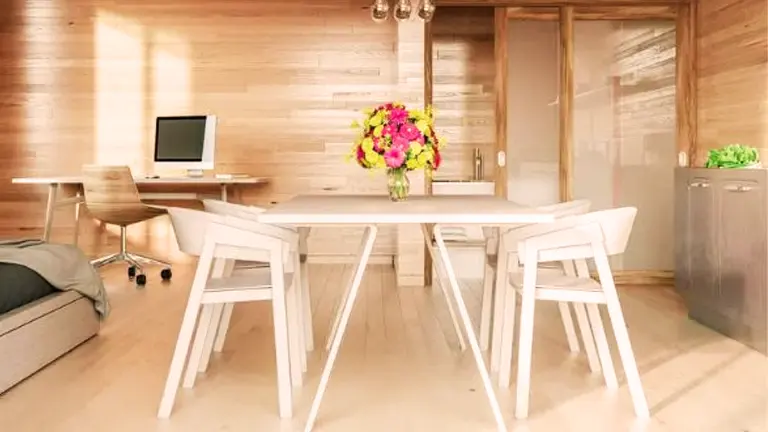
Western White Pine is popular for various interior applications due to its light color and smooth texture. It is commonly used for cabinetry, furniture, millwork, paneling, and trim work.
Construction Framing
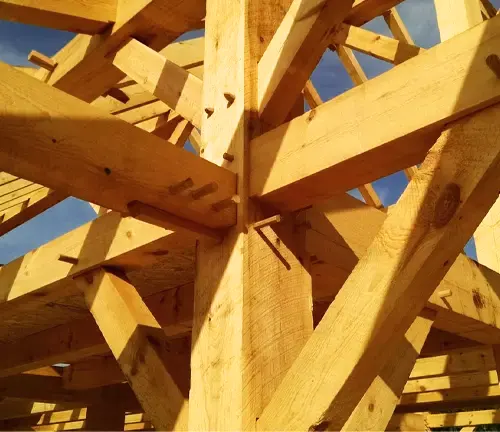
Western White Pine lumber is used in construction for framing walls, floors, and roofs. Its lightweight nature makes it easier to handle and work with, especially for residential construction.
Exterior siding
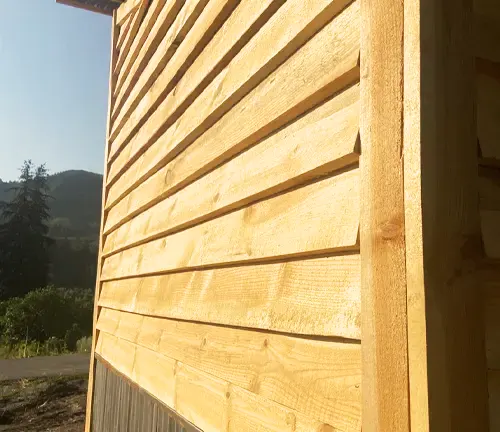
While Western White Pine is not naturally resistant to decay, it can still be used for exterior siding with proper treatment and maintenance. It provides an attractive, natural appearance to buildings.
Doors and windows

Western White Pine is often employed in the construction of doors and window frames. Its workability and ability to hold paint and stain well make it a suitable choice for these applications.
Packaging and crates
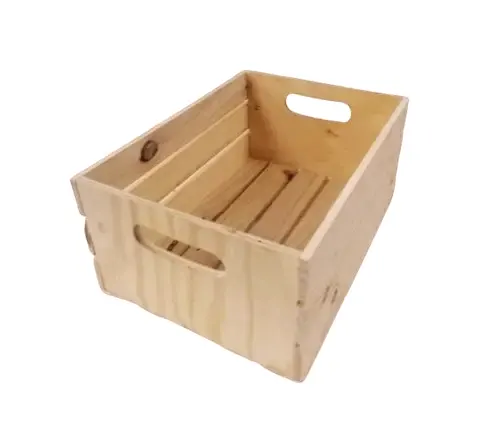
Due to its lightweight and easy workability, Western White Pine is commonly used in the production of packaging materials, including crates, pallets, and boxes.
Paneling and ceilings
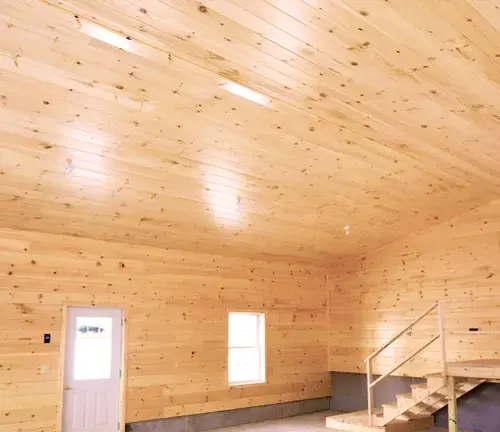
Western White Pine is frequently used as paneling for walls and ceilings, providing a warm and inviting aesthetic to interior spaces.
Shelving and storage units
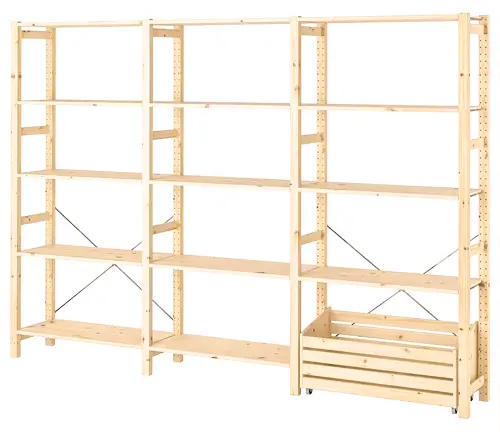
The stability and versatility of Western White Pine make it an excellent choice for shelving and storage units, both in residential and commercial settings.
Crafts and woodworking projects

Hobbyists and DIY enthusiasts often choose Western White Pine for various woodworking projects, such as small furniture items, toys, carvings, and decorative pieces.
It’s worth noting that Western White Pine lumber’s common uses may vary depending on regional preferences, availability, and specific project requirements.


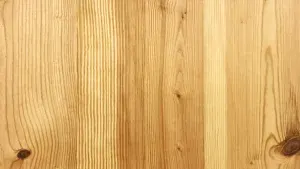

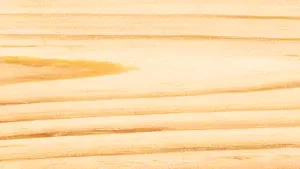
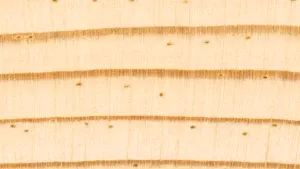
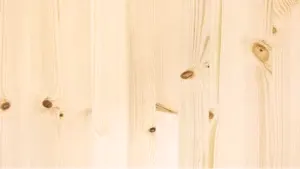

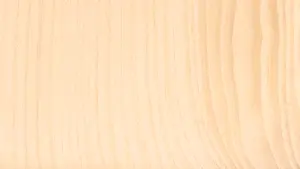
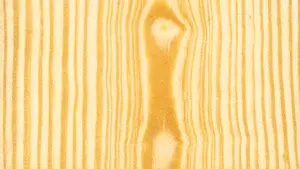
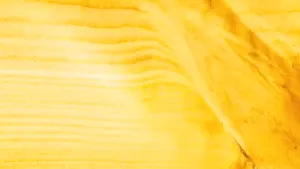

Leave your comment